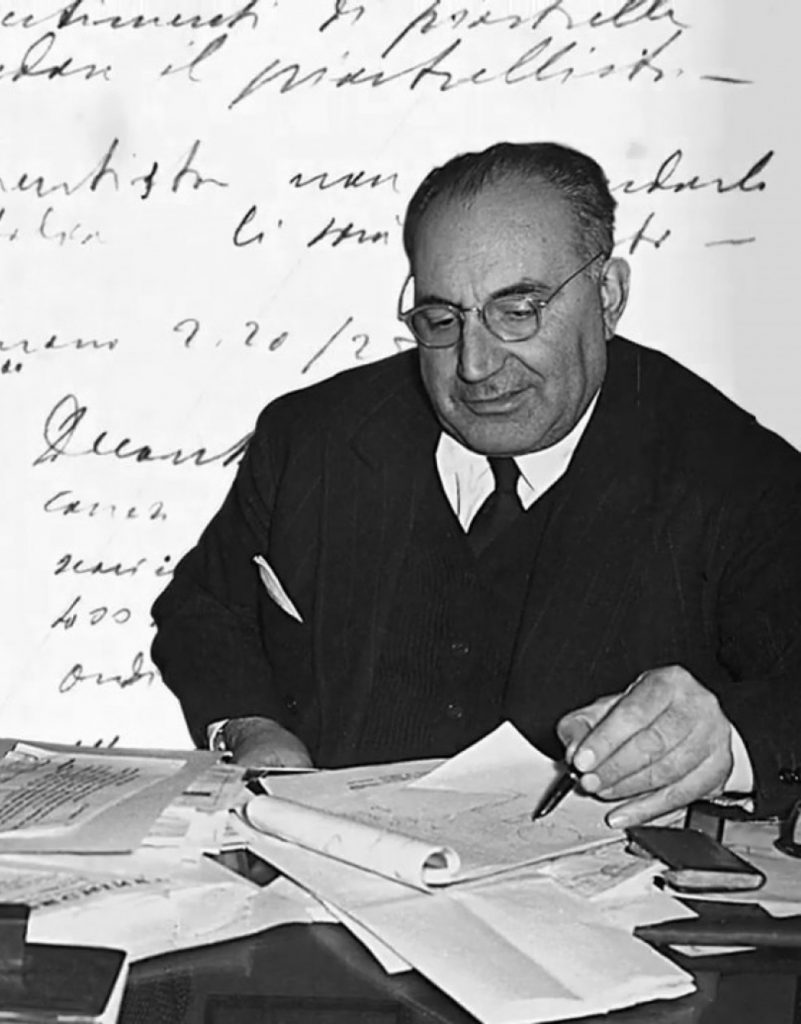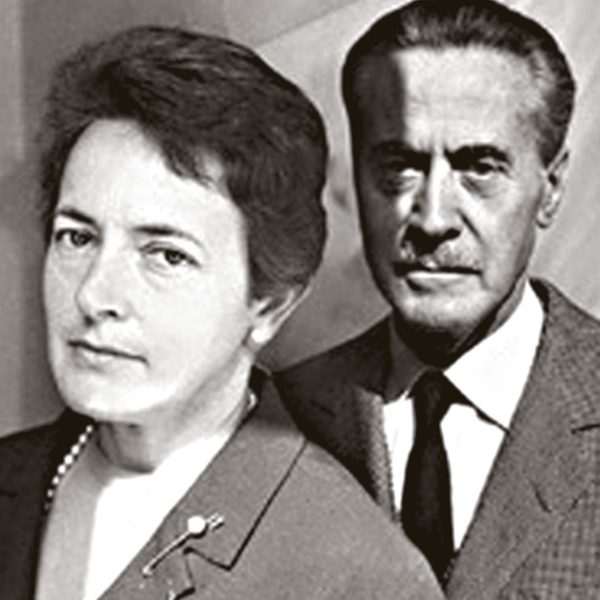There are some celebrated polytechnic inventions and works – such as Natta’s discovery of isotactic polypropylene, which won him a Nobel Prize – and the others that are more unknown and date back many years, but are fundamental to everyday life, as we know it today. We have chosen three, but we await your comments so more can be added to the list. Let’s start!
To put it simply, it is thanks to the alumnus and engineer Giorgio Coraluppi that we can so smartworkingtoday. In fact, it was he who invented the algorithm for videoconferencing, which today allows us to speak to our colleagues on Teams and Zoom, and to communicate with friends on WhatsApp. Going back in time, in the 70s and 80s, Coraluppi’s algorithm also made it possible to connect thousands of technicians and engineers automatically, to plan the launch of the Apollo and NASA Space Shuttle missions..
It is not rhetorical to say that Coraluppi - adds Wired in an article following his recent death - was one of the key people in the development of digital innovation.

Over the last two years, disinfectant has become a permanent feature in our bags and pockets. What not everyone may know is that behind the famous sanitiser liquid lie the intuition and research of Oronzio De Nora, an Alumni of electrotechnical engineering, who filed the relative patent in the German archives under that very name in the early 1920s. He then sold it to focus on other things, and in 1923 he founded the Italian multinational company De Nora, which specialises in electrochemistry, and is today a leader in sustainable technologies for the green economy.

Due to a strange twist of fate, almost 100 years later, back at the Politecnico di Milano experiments were being carried out in the Chemistry Department laboratories, leading to the production of Polichina, a liquid sanitiser compliant with the WHO (World Health Organization) recipe that was donated to regional healthcare authorities, civil protection units in Lombardy and prisons in Milan, to reduce the spread of Coronavirus.
If you have travelled by public transport during your time at the Politecnico, then the subway signage will certainly be familiar to you: but did you know that there are two Alumni behind it?
The first train was lowered into the tunnels of the Milan underground on 10 December 1962. In the meantime, Franco Albini (1905-1977) and Franca Helg (1920-1989), with help with project management from the company Tekne, were entrusted with the task of designing the stations.

In contrast to many foreign underground systems, the architects’ design was characterised by uniformity and repetition. The vertical walls and ceilings of the stations were clad in a removable modular system that was easy and not too expensive to repeat.
As regards the rail signage, an innovative element was the repetition of the station name on red metal strips, easily visible through the carriage windows. The consistency between architecture and graphic communication is the result of close collaboration with the graphic designer Bob Noorda, who was involved in the project from the initial phases. The underground project won the designers the Compasso d’Oro award in 1964.
Source: AA. VV., “Made in Polimi. Since 1863”